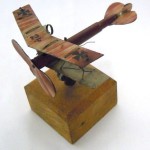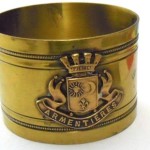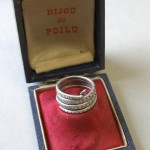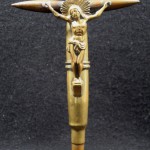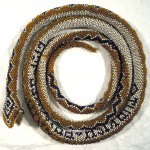Otter
Well-Known Member
I bought these for a present for Mrs O a couple of months back, they are shells for the French 75mm field gun. The head codes are a bit faint but seem to read MGM 409L 1/USA and MGM 421 I 1/ USA, although that / May be 17.
I am assuming they are USA made, anyone any clue as to the other codes ?

